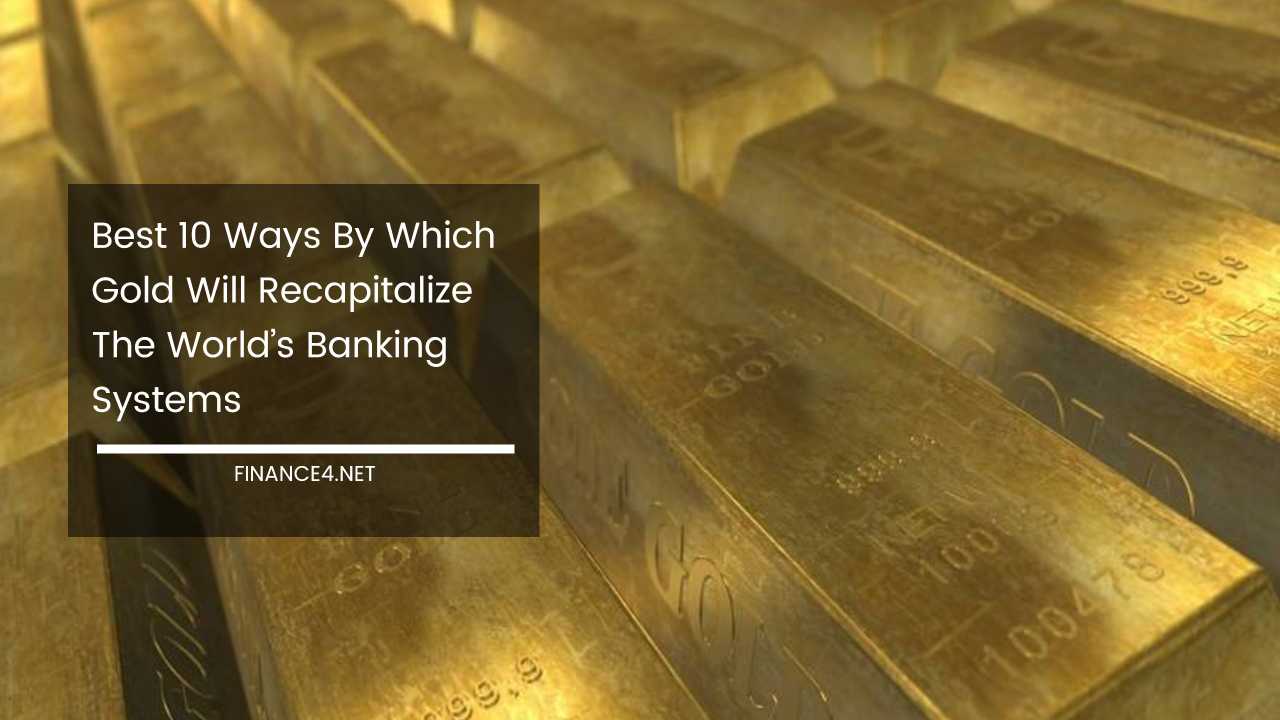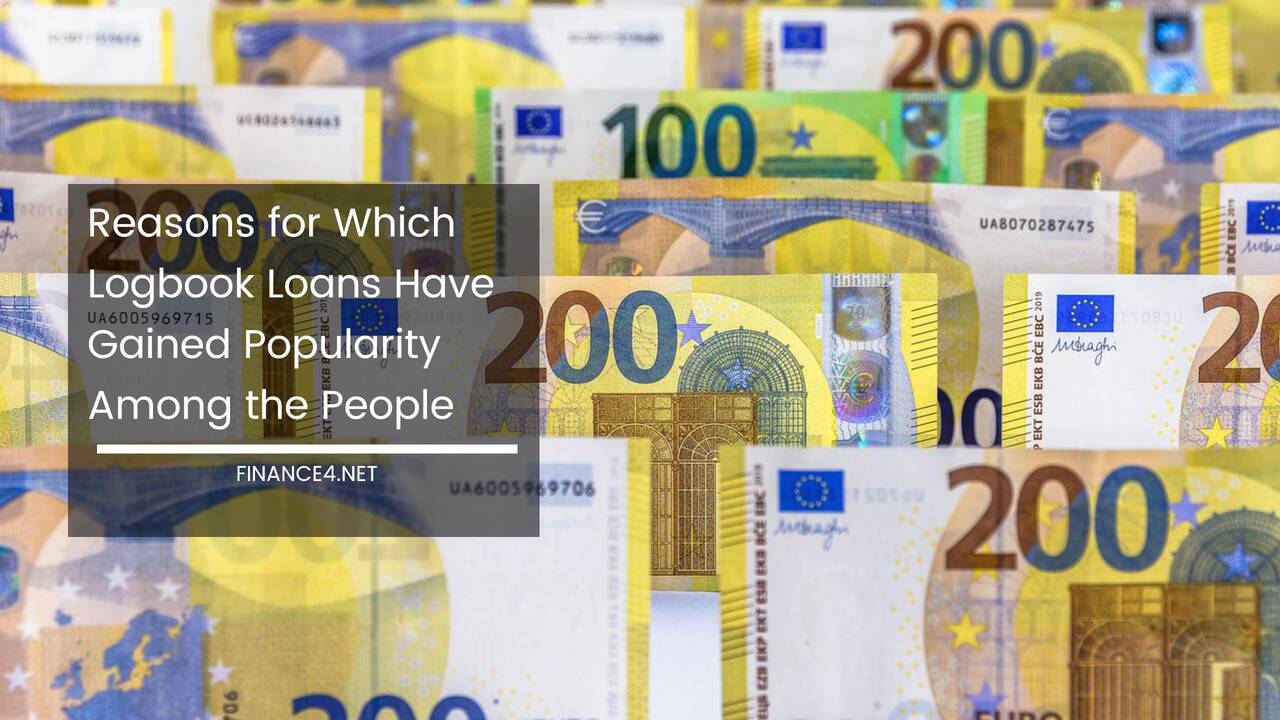The Enduring Allure of Gold: Can it Recapitalize the World’s Banking System?

The Enduring Allure: How Gold Can Recapitalize the World’s Banking Systems
Money. It’s the lifeblood of our civilization, fueling commerce, investment, and our very way of life. Throughout history, one constant has stood out: gold.
This precious metal has held a unique position, not just as a valuable commodity, but as a cornerstone of sound financial systems.
While fiat currencies dominate today’s banking landscape, the potential for gold to recapitalize and revitalize the global financial system remains strong.
Gold: A Timeless Standard
Gold’s enduring appeal lies in its inherent qualities. It is durable, able to withstand the test of time without deteriorating. Unlike paper or digital currencies, gold’s physical presence provides a sense of security and permanence.
Furthermore, gold is divisible. It can be easily divided into smaller units, facilitating transactions of all sizes. Historically, these characteristics made gold the premier form of currency, a role it held for centuries.
Fiat Money: Convenience with Caveats
The rise of fiat money, currency not backed by a physical commodity like gold, offered undeniable advantages. Fiat money is portable and convenient, easily transported and electronically transferable.
However, its value is not inherent but relies on the perceived stability of the issuing government. This creates a vulnerability: excessive money printing by governments can lead to inflation, eroding the purchasing power of fiat currency.
The Long-Term Case for Gold
For long-term wealth preservation, gold surpasses fiat money. Fiat currencies are subject to the whims of governments and central banks, whose policies can directly impact their value.
Gold, on the other hand, has a limited supply. This scarcity helps to maintain its value over time, making it a valuable hedge against inflation.
Furthermore, unlike fiat currencies, gold cannot be easily devalued through excessive printing.
The Debt Trap and the Disconnect from Reality
One of the most concerning aspects of the current fiat-based system is the debt spiral. Countries and individuals alike find themselves increasingly reliant on borrowing, creating a system where the gap between actual wealth and the value of outstanding debt widens.
This disconnect from reality can have severe consequences for economic stability. Governments, pressured by short-term political gains, may resort to printing more money to service existing debt, further fueling inflation and eroding long-term economic health.
Gold: A Path to Financial Sanity
Reintroducing gold into the global banking system can be a powerful tool for restoring financial sanity. By anchoring currencies to a tangible asset like gold, we can create a system less prone to manipulation and inflation.
This would promote fiscal responsibility on the part of governments. Knowing that excessive money printing would directly devalue their currency, governments would be more likely to pursue sound economic policies that encourage sustainable growth.
This, in turn, would foster a more stable and predictable financial environment for businesses and individuals alike.
The Coming Paradigm Shift
The world is witnessing a growing appetite for gold. Investors are increasingly recognizing gold as a safe-haven asset, a reliable store of value in an environment of volatile currencies and economic uncertainty.
Central banks themselves are accumulating gold reserves at an unprecedented rate. This trend signifies a potential paradigm shift in the way we think about money and banking. As trust in fiat currencies wanes, gold may re-emerge as a vital component of a more secure and stable financial system.
Gold as a Tier 1 Asset
Currently, fiat money reigns supreme as the primary asset in the banking system. However, the tide may be turning. The Basel III regulations, a set of international banking standards, acknowledge the potential benefits of including gold as a tier 1 asset.
These regulations require banks to hold a certain amount of high-quality capital to absorb potential losses. Gold, with its inherent stability and long-term value, is well-suited for this role.
By recognizing gold as a tier 1 asset, the Basel Committee is laying the groundwork for a future where gold plays a more prominent role in bank reserves, providing a stronger foundation for the financial system.
Savings in Gold: A Global Perspective
In many Eastern cultures, gold has long been a preferred method of saving and wealth preservation. This practice fosters a culture of financial responsibility and promotes long-term financial planning.
Individuals who save in gold are less susceptible to the temptations of impulsive spending and are more likely to focus on building long-term wealth.
By embracing similar practices in the West, we can leverage the stability of gold to enhance the strength and resilience of the global banking system. Furthermore, increased demand for gold from individual savers would further bolster its value, creating a virtuous cycle.
A Debt-Ridden Economy’s Lifeline
The reintroduction of gold can bring much-needed stability to debt-ridden economies. By anchoring the financial system to a more reliable store of value, we can create an environment that encourages responsible lending practices and discourages over-reliance on debt.
Currently, with fiat money, it’s easier for governments to inflate their way out of debt, creating a moral hazard.
However, with a gold-backed system, governments would be forced to exercise greater fiscal discipline. Knowing that they cannot simply print more money to service their debts, they would be more likely to implement responsible spending policies and focus on long-term economic growth strategies.
This, in turn, can foster a more sustainable economic environment where debt levels are manageable and investments are directed towards productive endeavors.
Beyond Debt: Fostering Long-Term Growth
The benefits of a gold-backed system extend beyond simply managing debt. A stable and predictable financial environment, as facilitated by gold, encourages long-term investments.
Businesses are more likely to invest in new ventures and expand operations when they are confident in the value of their currency and the overall health of the economy.
This increased investment activity leads to job creation and economic growth. Furthermore, with a gold-backed system, there is less risk of hyperinflation, which can devastate economies and discourage long-term planning.
This stability fosters an environment where individuals and businesses can confidently invest in their future, leading to a more prosperous and vibrant economy.
Challenges and Considerations
The path towards a gold-backed banking system is not without challenges. One major hurdle is the need for international cooperation.
A global transition would require coordinated action among central banks and governments to establish a new gold standard.
Furthermore, determining the appropriate gold-to-currency ratio would be a complex undertaking, requiring careful consideration of factors like global economic output and the existing money supply.
Additionally, some argue that a gold-backed system might limit the ability of central banks to respond to economic crises through monetary policy tools like quantitative easing.
Finding the Right Balance
A potential solution may lie in a hybrid system. Fiat currencies could still exist, but they would be anchored to gold.
This would provide stability and limit inflation without entirely eliminating the flexibility of central banks.
Furthermore, technological advancements like blockchain could be utilized to create a more transparent and efficient gold-backed system. By leveraging new technologies and fostering international cooperation, we can create a financial system that leverages the strengths of both gold and fiat currencies.
The Road Ahead
The global financial system stands at a crossroads. The limitations of the current fiat-based system are becoming increasingly apparent. Gold, with its timeless properties and historical role as a cornerstone of sound finance, presents a compelling alternative.
By embracing the potential of gold, we can create a more stable, secure, and responsible financial system that serves the needs of generations to come.
Gold’s enduring allure, as a symbol of wealth and stability, offers a compelling path towards a brighter financial future.
Final Thoughts
The decision to reintroduce gold into the global banking system is a complex one with significant implications.
However, the potential benefits – a more stable, secure, and responsible financial system – are undeniable.
By carefully considering the challenges and opportunities, we can pave the way for a future where gold once again plays a vital role in ensuring the health and prosperity of the global economy.



